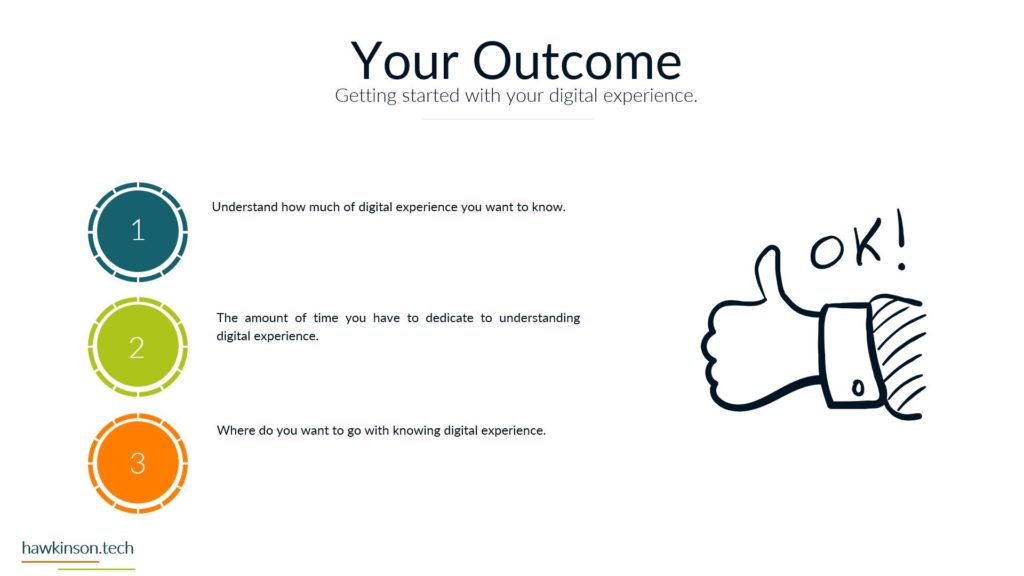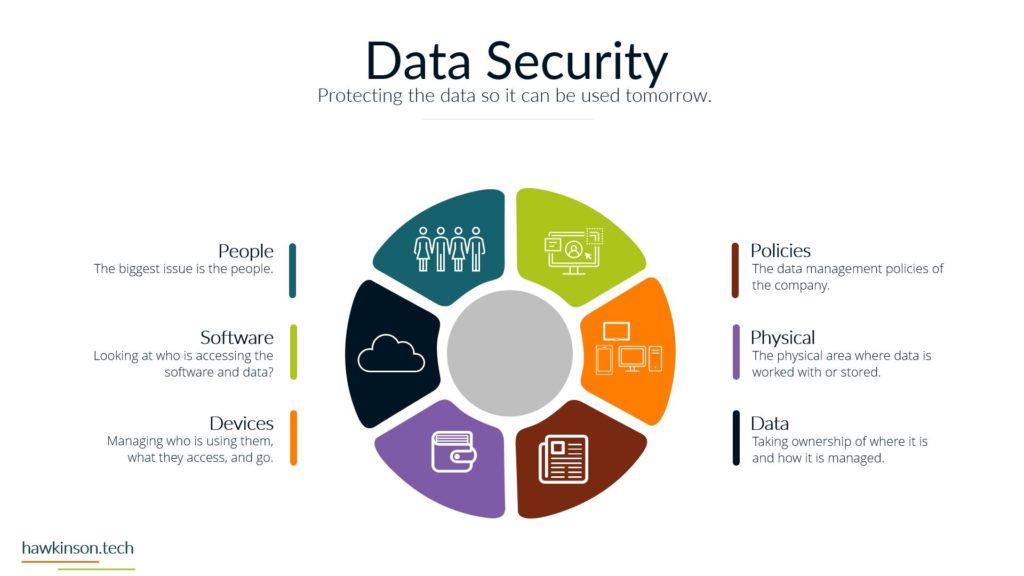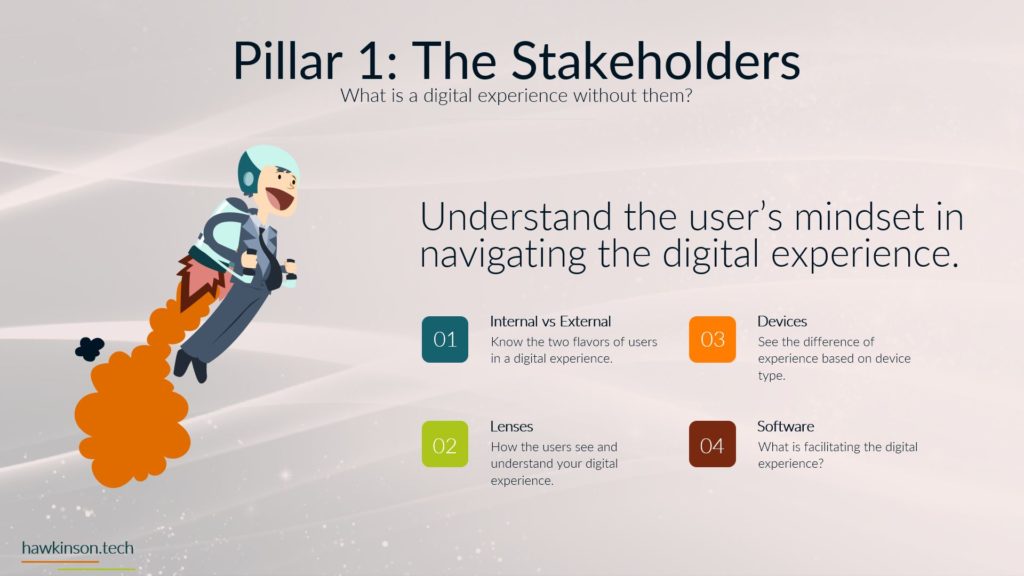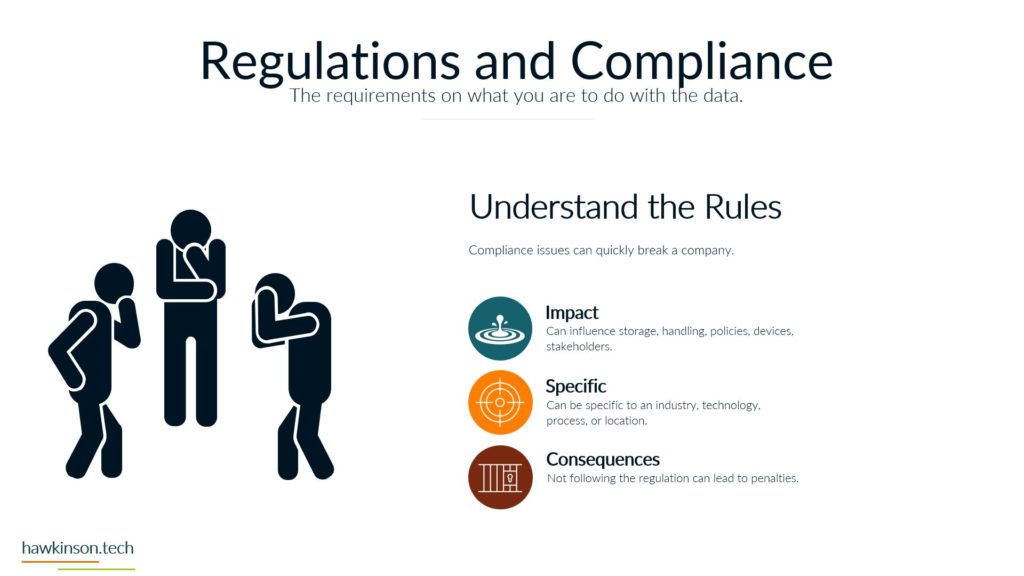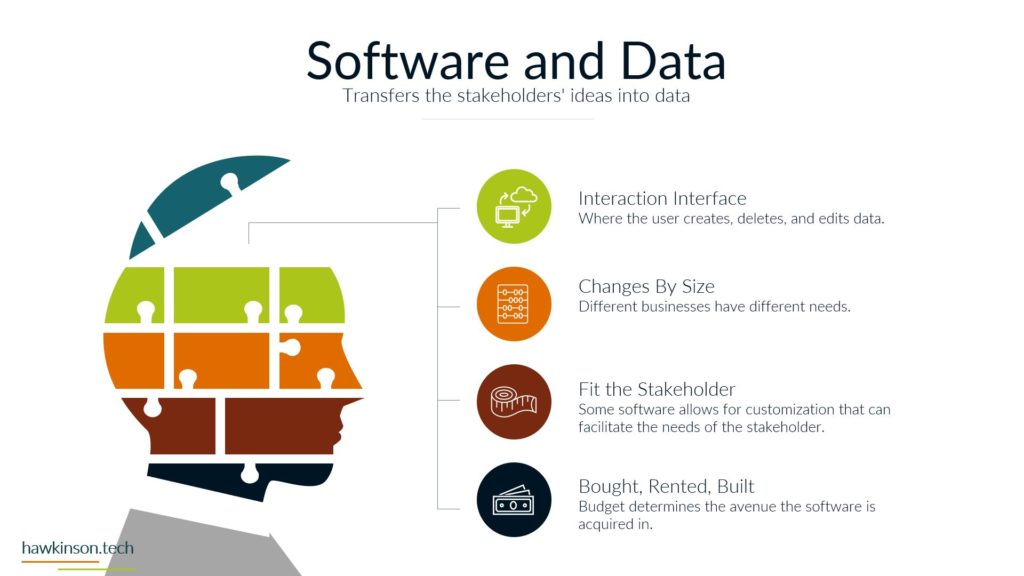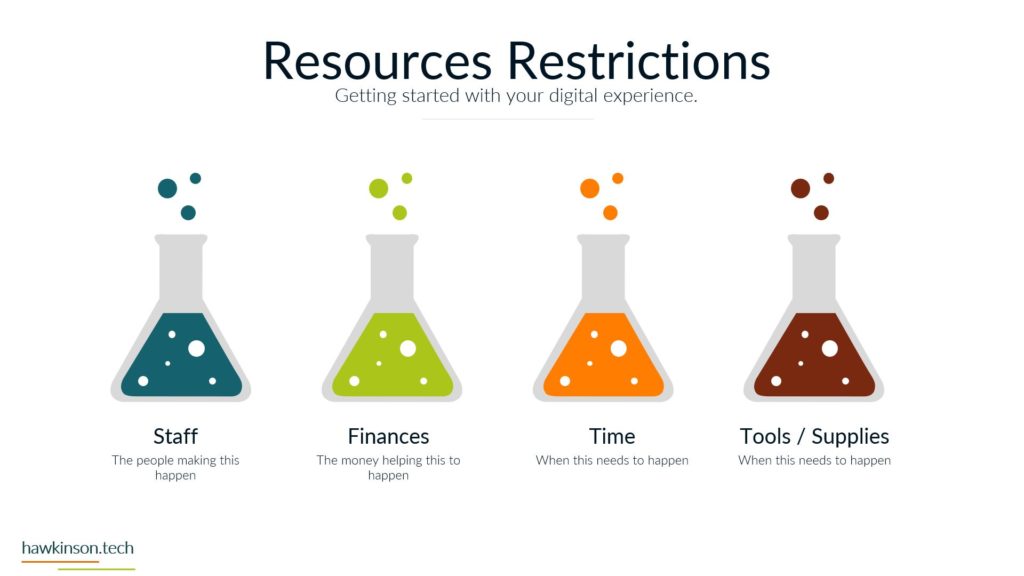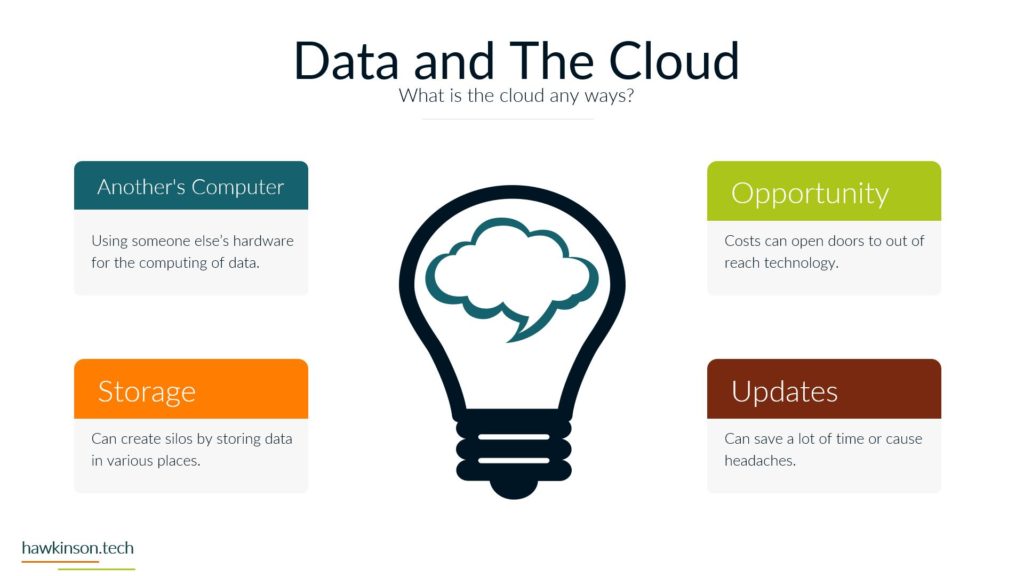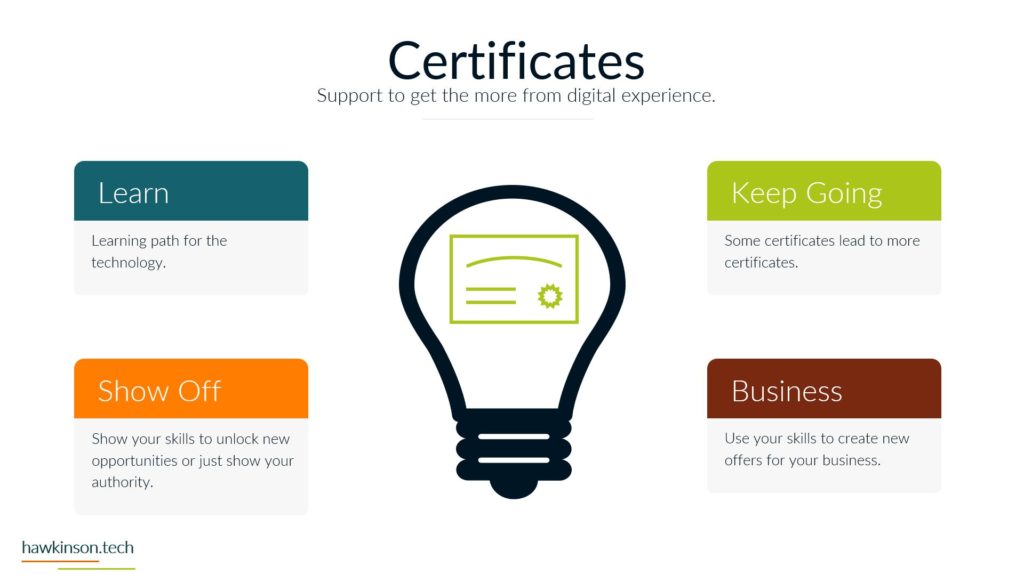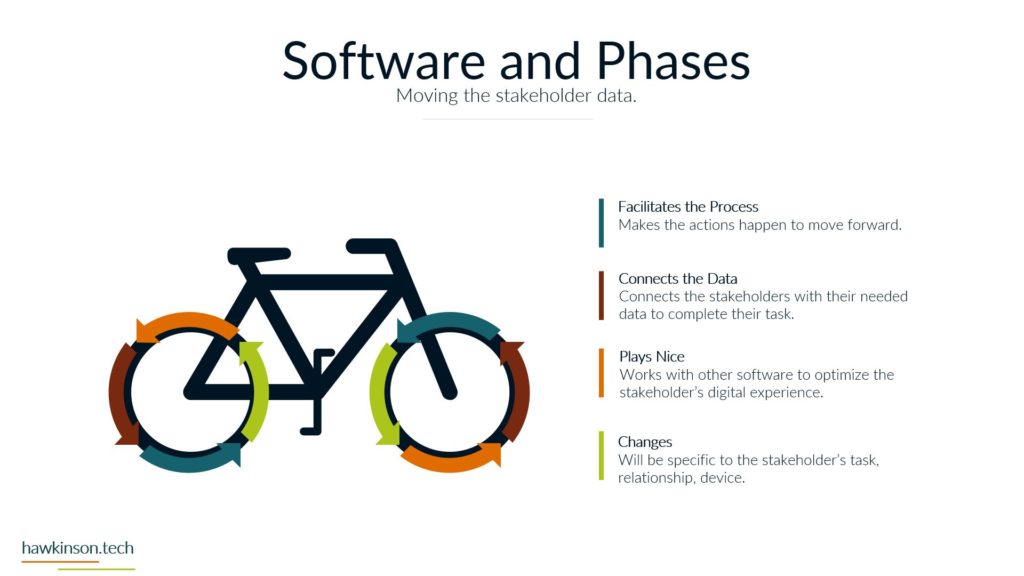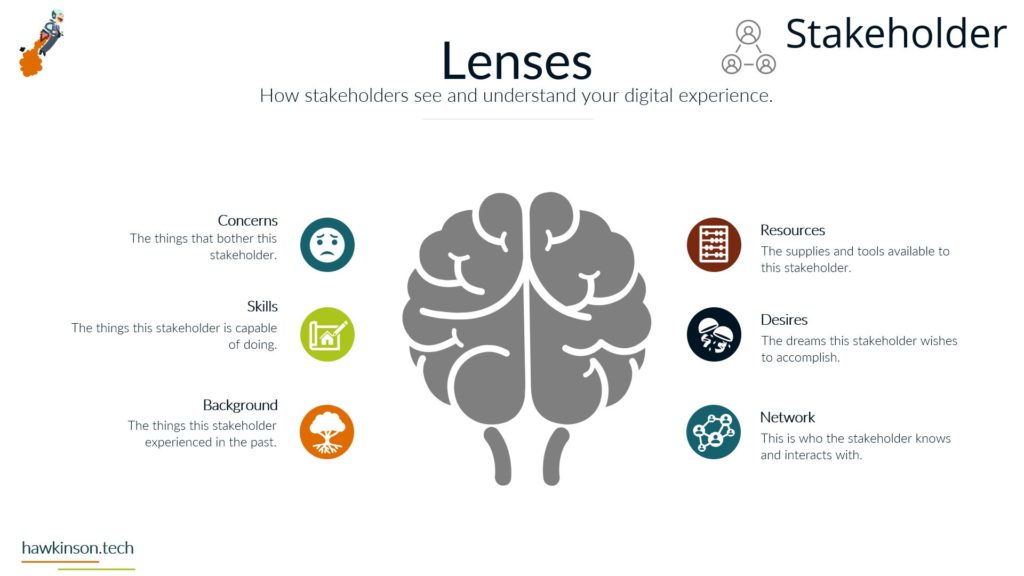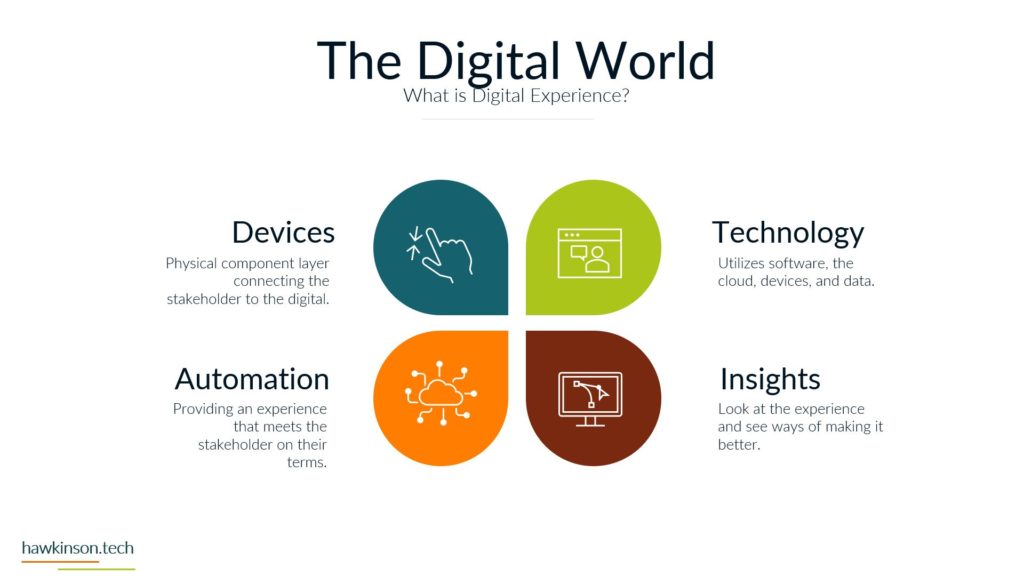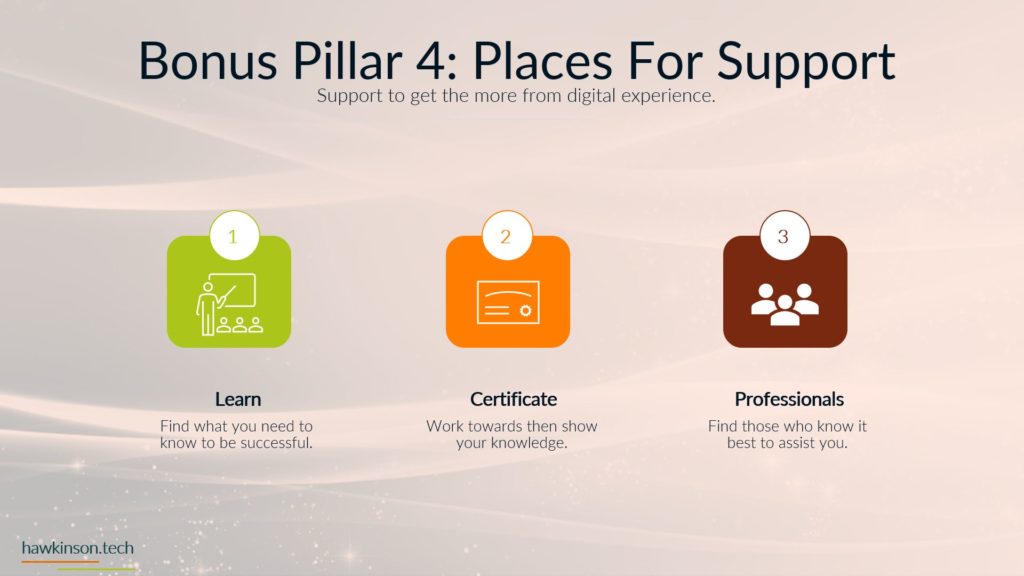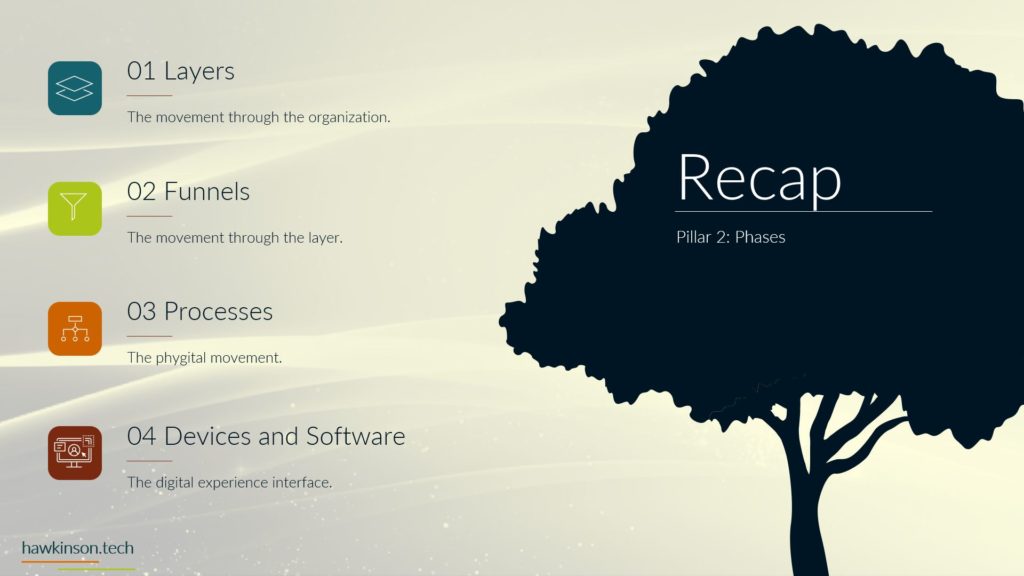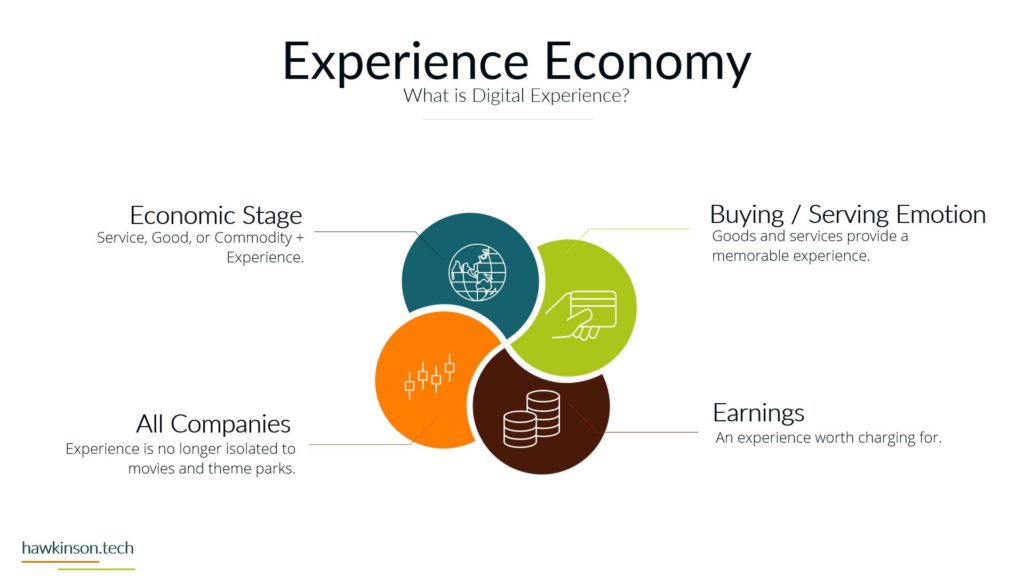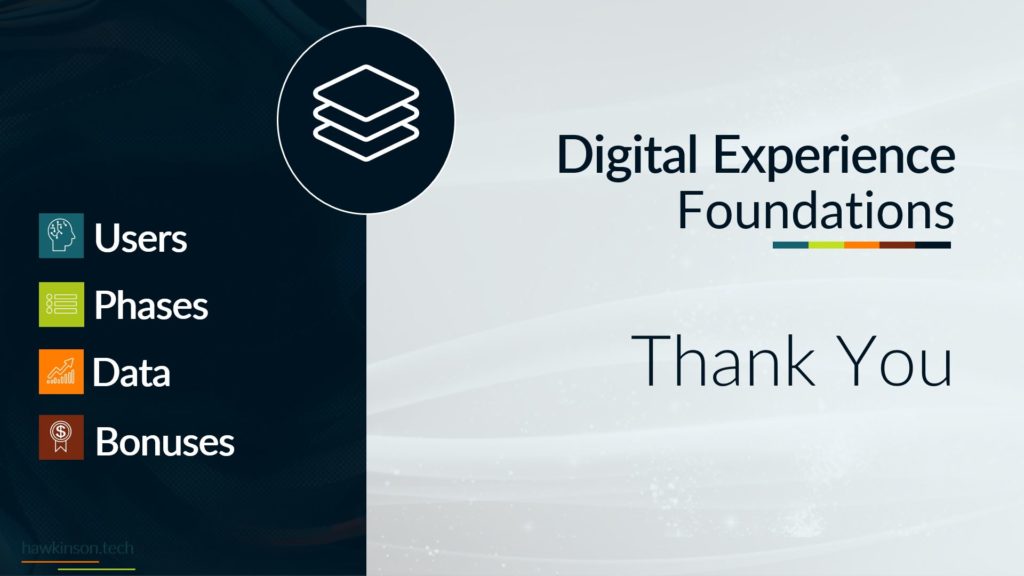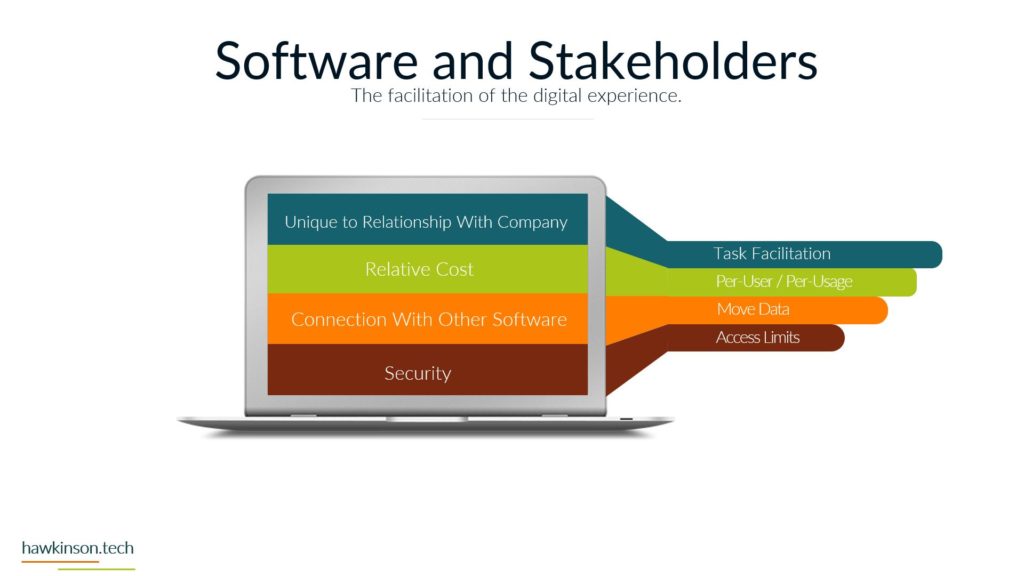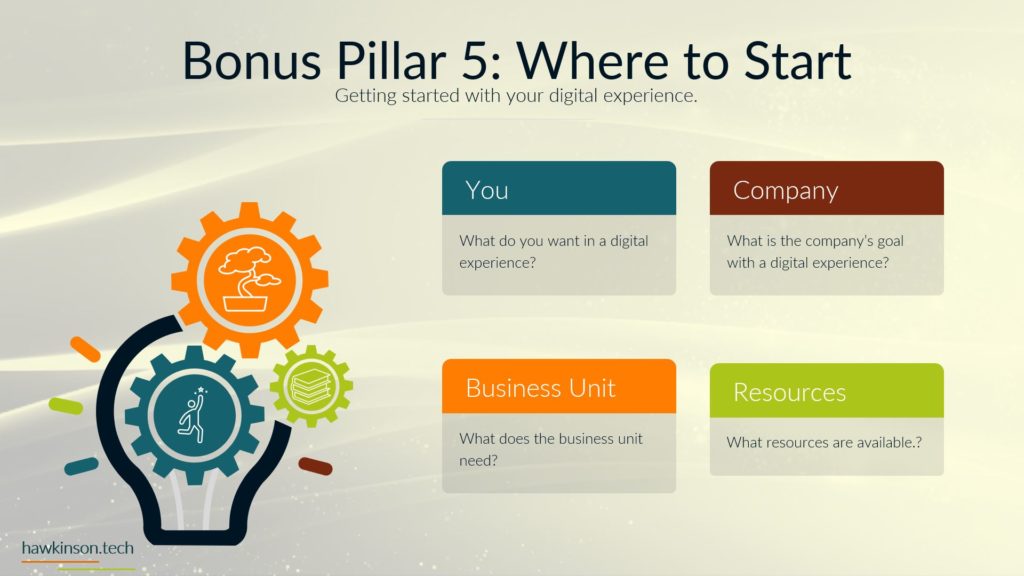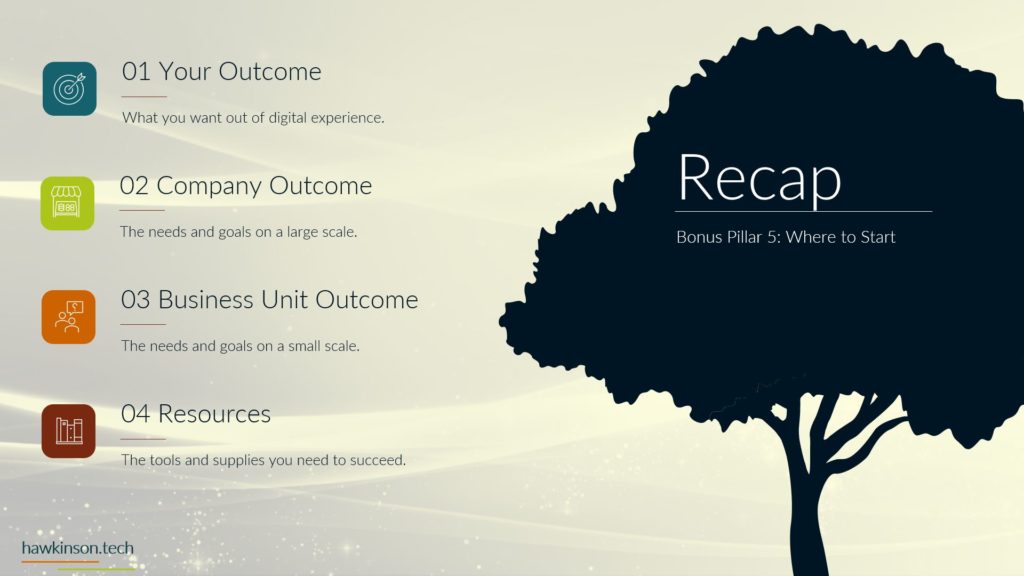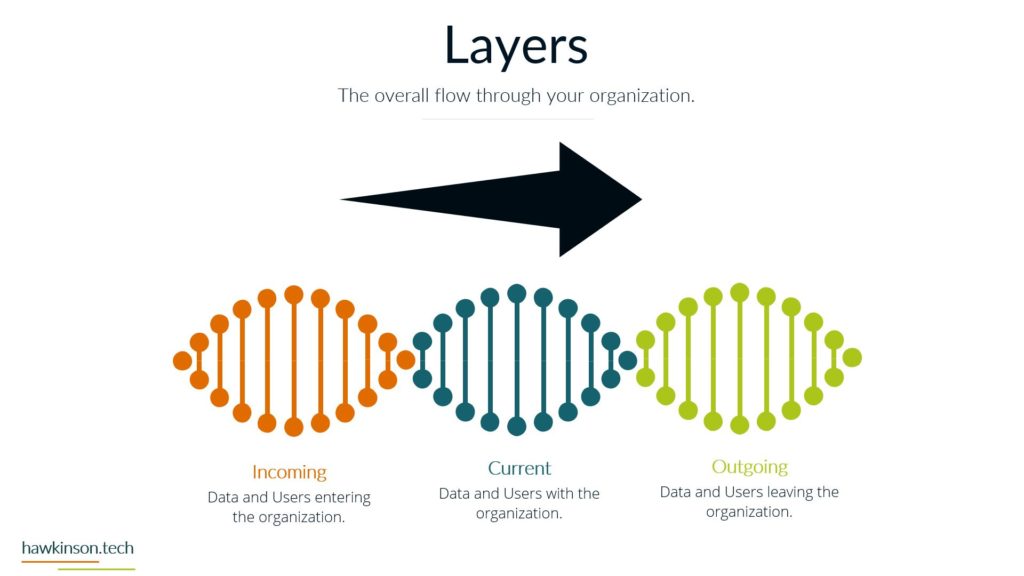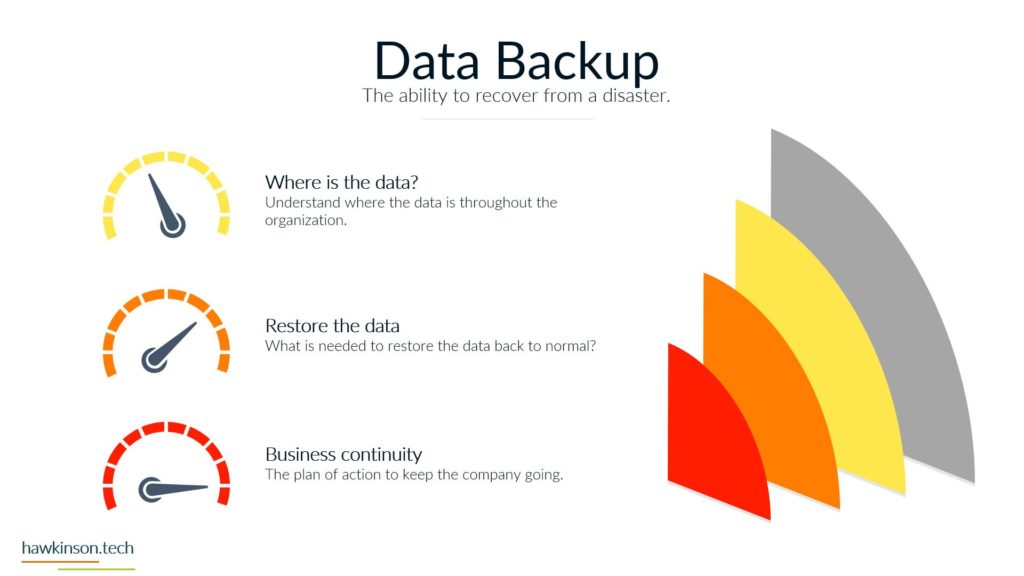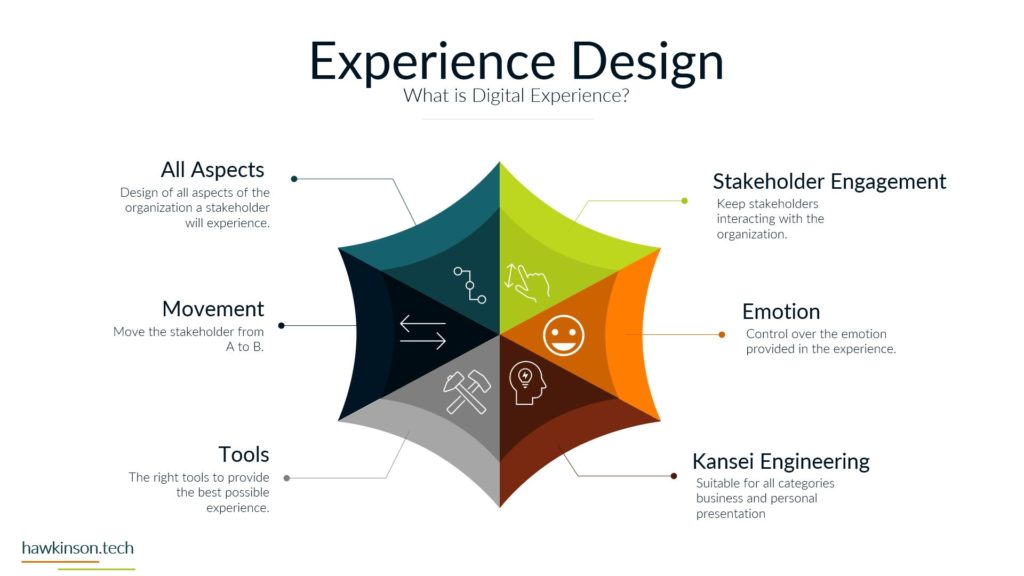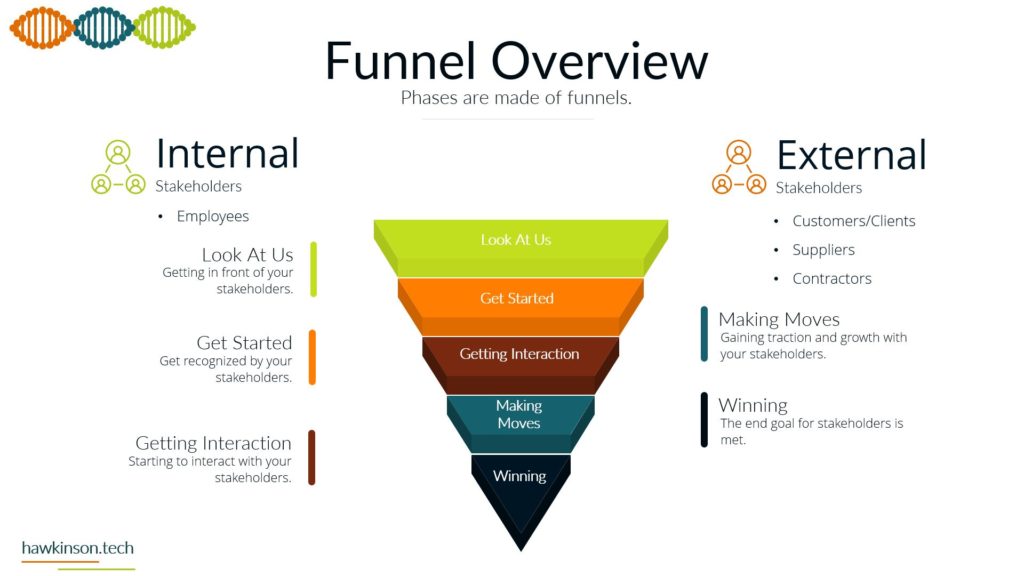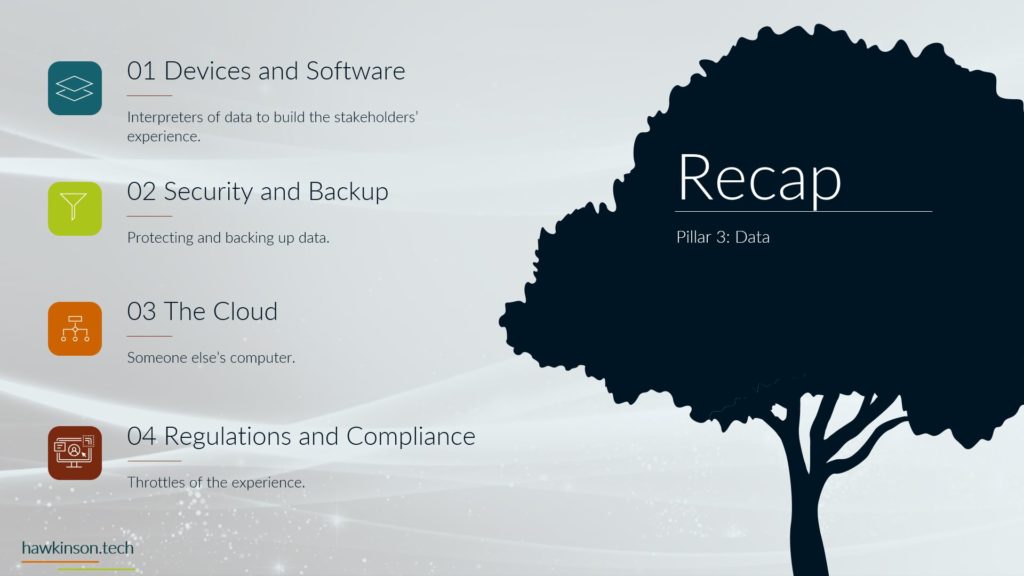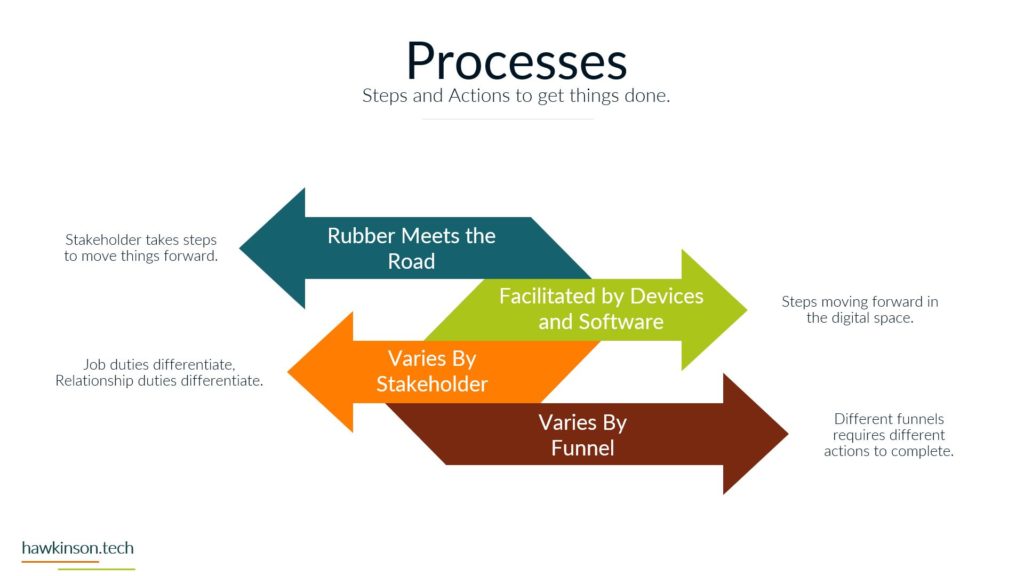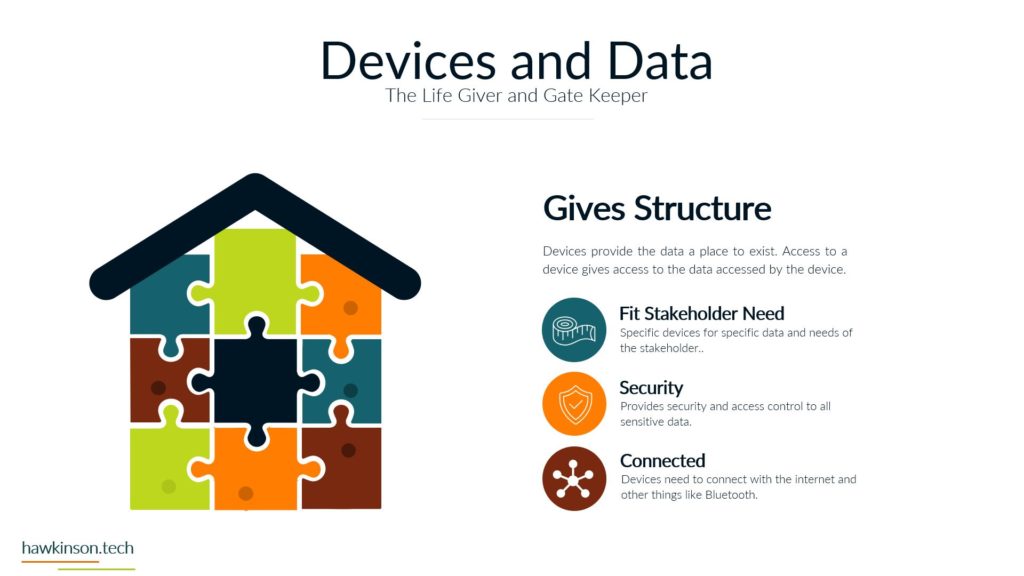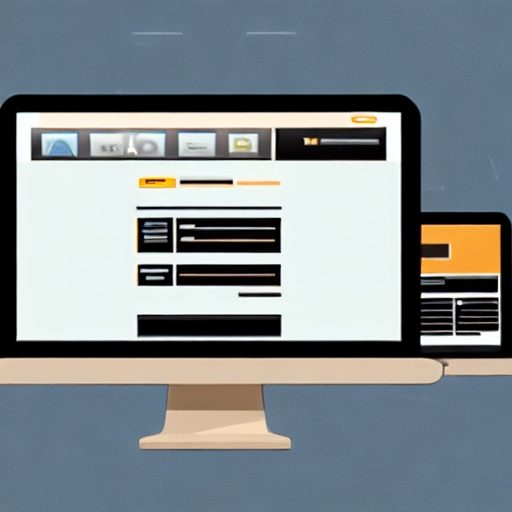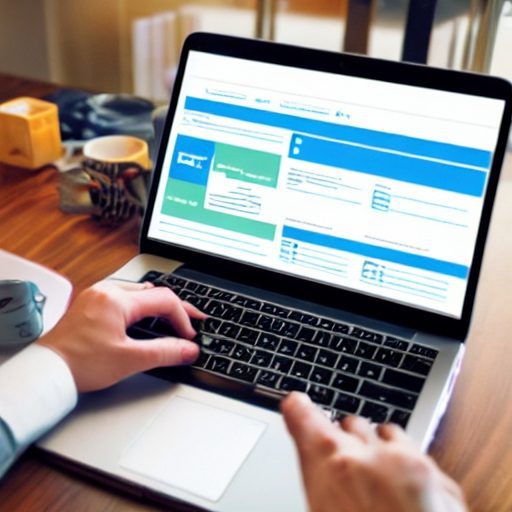In this lesson, we look at software components and how they impact the end-user experience.
Digital Experience | Pillar 1 Stakeholders | Lesson 4 Software
Follow Me Elsewhere:
Play Video
Play Video
Alright, so now let’s continue looking at the stakeholders and look at the software and how that compares and works with stakeholders. So the first thing to know is with software and stakeholders, the software is going to be unique to the stakeholder and their relationship with the company. For example, the individuals that are in the sales department are likely to use software that helps them with fostering sales and working with customers versus somebody that is in the warehouse is likely to work with software that does inventory management and control. So with that we can also say that the. Software used is very related to the tasks that need to be facilitated for a particular user. With that, then there’s also a relative cost that comes into play for each of the aspects of the software. For most software, it’s going to be priced on a per user or per usage, and usually on a monthly or annual cost. This also differentiates depending on where the software is purchased. So software that is purchased that is labeled as cloud software is going to follow this type of subscription model. There is software you can get that is labeled as. On premise or perpetual type software. And in that case those licenses are usually paid once and then you just get unlimited access to the software. The downside with that is while it can be a way of controlling your cost because you’re only getting it once, it will be limited to whatever year you purchase it. And what that means is they’re usually won’t be any additional updates or anything like that until you upgrade to whatever following year from that piece of software. Then the other thing we need to consider when we’re looking at software and stakeholders is the way that software connects with other software. And the big thing here is because we’re looking to move data and depending on how software communicates with other software is going to impact the way that users are able to exercise that software. For example, if we have a CRM that is connected into an e-mail marketing platform, then. You might be able to automate sending out various emails and some of the follow-up responses that a sales user would have within the platform. If that connection isn’t there, then those same users are likely to have to go back and set up manual processes and take manual steps in order to move that data. And while we’re still getting to the same accomplishment and getting to the same place with that, it’s a vastly different experience for the users. And what they’re going to get out of the company and their relationship with the company. Now, the last thing that we should look at when we’re looking at software and stakeholders is security. And we want to make sure that we are protecting the data that is within the software and even protecting who has access into that software. So we want to set up a variety of access limits to determine who’s able to touch that data and what they’re able to do with that data, the kind of big. Thing here is there are certain datas within the company that other users just don’t need to know or if that data was to leak out, then it could cause issues for the organization. And so we want to make sure that we’re just preemptively limiting and regulating that access before those users have the ability to do something malicious with that data. So now let’s move to the last section where we where we will recap this section and look at some of the. Next steps to take.
Related Content
More Content
In this article, we’ll explore the various processes involved in email marketing automation, the tools available to marketers, and the steps to take when choosing the right tool for your business.
eLearning has increased in popularity, and the demand for WordPress LMS options is high. Read here to learn about the best options for your eLearning platform.
A dependable CRM solution can streamline many tasks of your daily business. Have a look at the must-have features of CRM solutions.
In this article, we will discuss 15 email marketing best practices that will help you optimize your campaigns and achieve better results. Stay with us for more directions and details.
This article explores the importance of experience design in creating exceptional digital journeys for stakeholders. It covers various aspects of experience design, including customization and personalization, stakeholder engagement and retention, emotion-driven design, Kansei engineering, tools and
Content marketing involves writing and designing content to stand out from competitors. Read here to learn about the best tools for designing content.
Marketing Manager Software helps businesses create successful marketing campaigns and projects. It automates tedious tasks and helps streamline complex processes, allowing you to focus on the creative side of your marketing strategy. With this software, you
Discover the crucial role of data security in shaping a robust foundation for the digital experience in today’s fast-paced business world. Learn how safeguarding data and implementing robust security measures can protect against potential threats and


